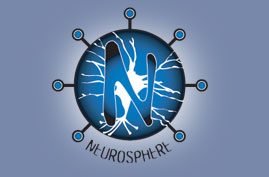Smart Dust
Personal Infrastructure
I don’t believe this, but I’m going to do more research in case.
“Smart Dust” is basically very miniaturized electronic devices. This is similar to stuff like RFID, smart cards, EZ Pass and those rice grain size tracking devices you can have injected into your pets. But Smart Dust takes this all to a new level by being small enough to be disguised as dirt, the kind you can pick up in your shoes or clothing. Each bit of Smart Dust can be given a unique serial number that, when hit with an “interrogation signal” from troops on the ground, or aircraft overhead, is broadcast back.”
http://www.strategypage.com/htmw/htecm/articles/20060610.aspx
